With Sainsbury in the number two spot and suppliers crying foul, the pressure is growing on Asda, reports Rachel Barnes
Last week, Asda president Andy Bond was busy telling people how he planned to rebuild the chain. Newspaper headlines, however, were telling a different story of a retailer in so much trouble that it has resorted to turning the screw on suppliers. This week, there was yet more negative press as ACNielsen released data showing that Sainsbury has overtaken Asda as the number two supermarket in the UK.
So is a strategy of savage price cutting on so called "iconic products" like bananas really the way forward? Or has Asda itself gone bananas?
The price cutting campaign has been accompanied by a series of press ads using its new More for You for Less slogan. Perhaps most notable are the deals on bananas and milk, the price of the former slashed from 85p per kilo to 64p, while the price of four pints of milk has been cut from £1.16 to £1.
Asda insists that it is taking the financial hit rather than its suppliers. However, in today's competitive environment, the consequences were inevitable and Tesco, Sainsbury and Morrisons immediately matched these prices. Some estimates suggest that £100m has now been wiped off the value of the banana sector as a result.
Bond has wasted no time in blaming the aggressive pricing strategies of the competition. "It's been a tough two years for Asda. And when two competitors are not making any money, then life gets hard," he told US investors and analysts last week during their visit to Asda House in Leeds.
"Where five years ago we had a 25% price gap with our most expensive rival, this is now just 7%, driven largely by Morrisons putting its prices into Safeway. Tesco is more aggressive on price and Sainsbury has decided it doesn't want to make any money. Well, not quite, but it's investing profitability into growing sales. This combined has diluted the industry profitability by about £1bn a year."
He and chief operating officer David Cheesewright then set about detailing how Asda can find the extra millions to fund its renewed price push. There are no prizes for guessing that suppliers are the target.
Cheesewright argued that Asda could improve its buying performance by 5%. This was based on in-house data showing that Asda's current performance is 3% weaker than Tesco's. Asda is also targeting an additional 2% through supplier allowances, such as funded promotions. Michael Exstein, an analyst at the US arm of Credit Suisse, is not convinced. "The opportunity for better buying at Asda is tough to gauge, but the argument that Tesco's buying performance is 3% better and thus opportunity exists appears somewhat flawed given the structural differences."
Although Asda benefits from Wal-Mart's global buying power, it simply doesn't have the same scale in its food business, he adds.
Charles Stanley analyst Simon Proctor is equally sceptical. "If all you do is compete on EDLP, then you run the risk of shopper fatigue - I thought Asda had already acknowledged that. Deep price cuts on their own will not sort out its slowdown in sales growth."
Needless to say, suppliers have already begun crying foul. One claims that he was shown a presentation by Asda buyers outlining the supermarket's achievements compared to suppliers.
He adds: "The presenter told us we owed £Xm for the last three years and £Ym for 2006. This was presented in the most hostile and intimidating way that shattered what little trust we had left in Asda."
Asda is also accused of causing huge disruption to its supply base, with talk of a new tough guy approach to suppliers replacing the relationship building one of old. One company claims that some suppliers are so hacked off with Asda that store promotions are being "swapped overnight" into Sainsbury.
Such is the level of unrest that moves such as the overhaul of own label and the launch of George Home have been overshadowed, begging the question: is it really such a good idea, having already lost the second spot to Sainsbury, for Asda to risk playing further into its rival's hands?
Last week, Asda president Andy Bond was busy telling people how he planned to rebuild the chain. Newspaper headlines, however, were telling a different story of a retailer in so much trouble that it has resorted to turning the screw on suppliers. This week, there was yet more negative press as ACNielsen released data showing that Sainsbury has overtaken Asda as the number two supermarket in the UK.
So is a strategy of savage price cutting on so called "iconic products" like bananas really the way forward? Or has Asda itself gone bananas?
The price cutting campaign has been accompanied by a series of press ads using its new More for You for Less slogan. Perhaps most notable are the deals on bananas and milk, the price of the former slashed from 85p per kilo to 64p, while the price of four pints of milk has been cut from £1.16 to £1.
Asda insists that it is taking the financial hit rather than its suppliers. However, in today's competitive environment, the consequences were inevitable and Tesco, Sainsbury and Morrisons immediately matched these prices. Some estimates suggest that £100m has now been wiped off the value of the banana sector as a result.
Bond has wasted no time in blaming the aggressive pricing strategies of the competition. "It's been a tough two years for Asda. And when two competitors are not making any money, then life gets hard," he told US investors and analysts last week during their visit to Asda House in Leeds.
"Where five years ago we had a 25% price gap with our most expensive rival, this is now just 7%, driven largely by Morrisons putting its prices into Safeway. Tesco is more aggressive on price and Sainsbury has decided it doesn't want to make any money. Well, not quite, but it's investing profitability into growing sales. This combined has diluted the industry profitability by about £1bn a year."
He and chief operating officer David Cheesewright then set about detailing how Asda can find the extra millions to fund its renewed price push. There are no prizes for guessing that suppliers are the target.
Cheesewright argued that Asda could improve its buying performance by 5%. This was based on in-house data showing that Asda's current performance is 3% weaker than Tesco's. Asda is also targeting an additional 2% through supplier allowances, such as funded promotions. Michael Exstein, an analyst at the US arm of Credit Suisse, is not convinced. "The opportunity for better buying at Asda is tough to gauge, but the argument that Tesco's buying performance is 3% better and thus opportunity exists appears somewhat flawed given the structural differences."
Although Asda benefits from Wal-Mart's global buying power, it simply doesn't have the same scale in its food business, he adds.
Charles Stanley analyst Simon Proctor is equally sceptical. "If all you do is compete on EDLP, then you run the risk of shopper fatigue - I thought Asda had already acknowledged that. Deep price cuts on their own will not sort out its slowdown in sales growth."
Needless to say, suppliers have already begun crying foul. One claims that he was shown a presentation by Asda buyers outlining the supermarket's achievements compared to suppliers.
He adds: "The presenter told us we owed £Xm for the last three years and £Ym for 2006. This was presented in the most hostile and intimidating way that shattered what little trust we had left in Asda."
Asda is also accused of causing huge disruption to its supply base, with talk of a new tough guy approach to suppliers replacing the relationship building one of old. One company claims that some suppliers are so hacked off with Asda that store promotions are being "swapped overnight" into Sainsbury.
Such is the level of unrest that moves such as the overhaul of own label and the launch of George Home have been overshadowed, begging the question: is it really such a good idea, having already lost the second spot to Sainsbury, for Asda to risk playing further into its rival's hands?



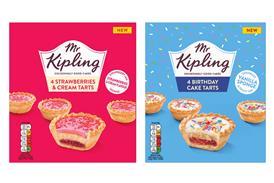





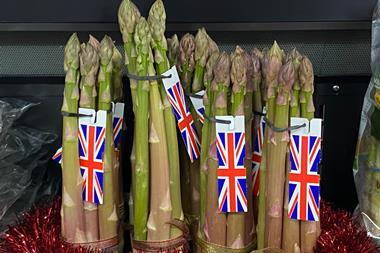
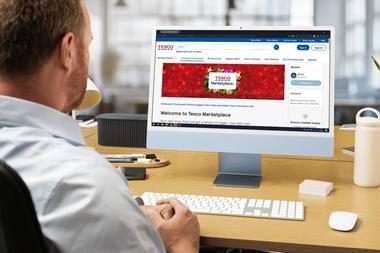
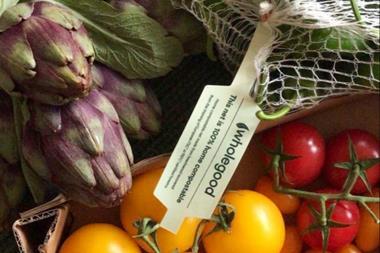


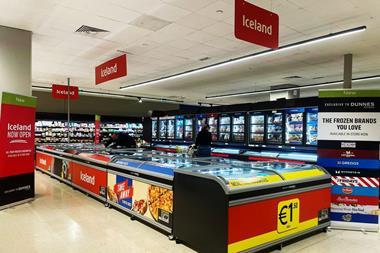
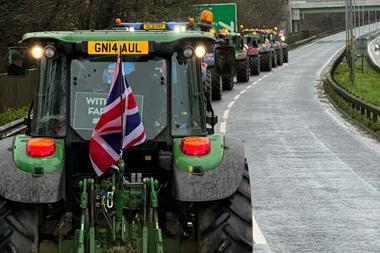

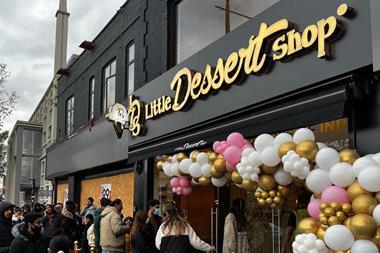

No comments yet